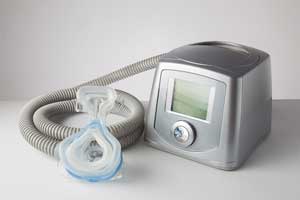 Only sort of! New research is coming out that links a fatty liver — a condition that frequently strikes those who are overweight or obese — with sleep apnea. Sleep apnea is characterized by interrupted breathing or snoring during the night, and the severity can range from only a nuisance to deadly.
Only sort of! New research is coming out that links a fatty liver — a condition that frequently strikes those who are overweight or obese — with sleep apnea. Sleep apnea is characterized by interrupted breathing or snoring during the night, and the severity can range from only a nuisance to deadly.
Studies conducted over the past year have shown that those with fatty livers have a greater than 50% chance of also having sleep apnea. Additionally, the fattier the liver, the more severe the apnea. One theory doctors have is that the loss of oxygen from sleep apnea increases chronic inflammation, worsening the liver.
Although this doesn’t seem like good news, there is a silver lining: Helping one problem tends to help the other. Thus, if you have a fatty liver or sleep apnea, try getting tested — you may have new ways of combating either disease.
Additionally, your sleep apnea might not be related to your liver at all! If this is the case, Dr. Michelle Yagoda is an expert ENT doctor who has treated hundreds of cases of sleep apnea. From allergies to a deviated septum, she will help you fix your breathing problems!






























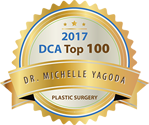

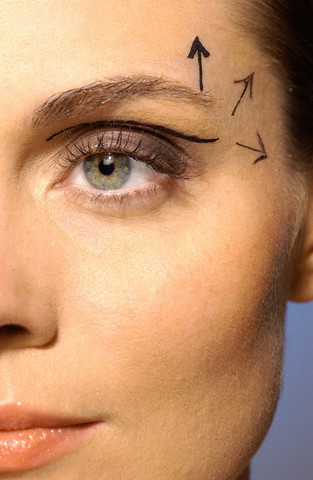 Eyes
Eyes
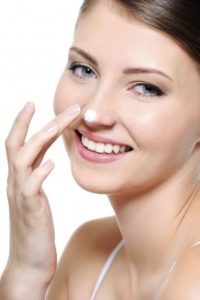 Considering a
Considering a  Answer: Vocal cord surgery should be done one place and one place only: in a hospital! There are a few reasons for this, and they are all very important.
Answer: Vocal cord surgery should be done one place and one place only: in a hospital! There are a few reasons for this, and they are all very important. The decision to get a surgery or procedure done is a big one for both financial and aesthetic reasons. Dr. Michelle Yagoda strives to offer the best to patients regarding both financing and treatments — which includes taking into consideration payment options.
The decision to get a surgery or procedure done is a big one for both financial and aesthetic reasons. Dr. Michelle Yagoda strives to offer the best to patients regarding both financing and treatments — which includes taking into consideration payment options. Rx: Resist the impulse to delay care-people aged 18 to 64 who delay
Rx: Resist the impulse to delay care-people aged 18 to 64 who delay 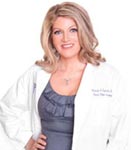 ASK DOCTOR YAGODA
ASK DOCTOR YAGODA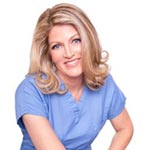 Question: I am a 48 year old woman living in
Question: I am a 48 year old woman living in 